|
Locations: Multiple production sites located throughout Chicago’s south side Founded: April 10, 1910 Closed: early 1980s Maker’s mark: Sewn labels of various designs that changed over the decades; typically featured company address and/or logo thereon; occasionally a year of production COMPANY HISTORYChicago Pennant Co., or “Chipenco” as I will henceforth refer to them, was one of the most successful felt novelty companies ever to have existed. For 70 years, they made a host of different collegiate products that were sold nation-wide--many of which were so well made, they’re still in great demand on secondary markets to this day. In 1910, H.J. Hansen launched the Chicago Pennant Co. It was not his first business venture. Several years earlier, he had started a successful store d/b/a “H.J. Hansen & Co.,” a men’s furnishings store specializing in the sale of hats. This retailer was located at 532 E. 63rd St., in south side Chicago’s Woodlawn neighborhood, not far from the University of Chicago (UC). The day’s fashion back then dictated that men wear hats. Including college students, who were mostly men. Hansen’s haberdashery served that need. To appeal to his young customer base; or perhaps because he loved felt pennants, or maybe both, the handsome interior of his store was decorated with felt pennants. So appealing was this décor, one reviewer for “The American Hatter,” vol. 39, pp. 81-82 (1909), remarked: "The decorations are so impressive a feature of the interior ... that they require mention here. Loops and strings traverse the bare ceiling space, weighted down with pennants and college flags of every description." See for yourself: But even before Chipenco had incorporated as a separate, legal corporation, Hansen was actively peddling felt pennants. In fact, the pennants hanging from his store’s ceiling weren’t just decorative items--they were all for sale, along with the hats. Moreover, according to the “The Clothier and Furnisher,” vol. #71, p. 101 (1907), H.J. Hansen & Co. distributed a six page brochure promoting the latest fall styles in stock that season, one page of which was dedicated exclusively to college pennants! Eventually Hansen’s pennant sales must have outpaced hat sales. On April 10, 1910 Chipenco was born. According to Illinois’s corporate registry for 1911, Chipenco’s first principal place of business was 1105 E. 63rd St. This was only a few blocks south of campus where UC students easily frequented. Hansen was identified as Pres./Mgr of the new company, and C.D. Peck as Secretary. That’s where the trail goes cold when it comes to Mr. H.J. Hansen. After 1911, I found no mention of him in any corporate filings associated with Chipenco. In fact, I found no further mention of him at all--either with Chipenco, or with H.J. Hansen & Co. It’s like he and his past disappeared shortly after Chipenco was formed. Did he sell the haberdashery to launch the pennant company? Perhaps he had a falling-out with his partners that resulted in him selling his interest in the newly formed company? Or maybe he died? With or without Hansen, the next seven decades would bring great success for the upstart pennant company. Although ownership, and especially location would change frequently in the years ahead, Chipenco grew into one of the largest collegiate novelty companies in the country. By 1912, Chipenco moved several blocks east to 1212 E. 63rd St. While they would not last long there, it was long enough to run this ad in Life magazine, vol. 61, no. 1575 dated January 2, 1913: By 1913, Chipenco was established a stone’s throw east at 1224 E. 63rd St., as listed in Illinois’s corporate registry for that year. C.D. Peck was now identified as Pres./Mgr. They remained there for around five years. According to “Hendricks’ Commercial Register of the United States,” by around 1919 Chipenco had moved to 6142 S. Cottage Grove Ave. This relocation too proved short lived. Illinois’s corporate registry for the year 1920 has them at 1310 E. 61st St. Two years later, it named the Pres./Sec. as as I.E. Silloway. By 1924 Chipenco was located at 6542 S. Cottage Grove Ave. If that address seems familiar, I must point out that they would spend much of the 1940s at the same address. But this first iteration in that building would not last quite as long. For at least the next five years or so, it was home. During this time Chipenco unveiled a new logo. It looked more like a medieval coat of arms than a felt novelty company’s logo. Still, it was rather magnificent, seen here on the cover of this 1924 catalogue: 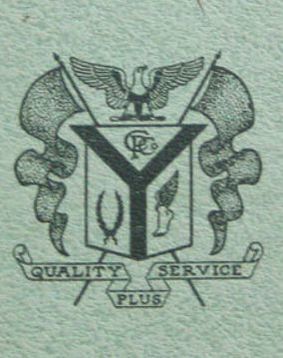 Let’s take a closer look. It featured a shield with three compartments: the first bore a “CPCo” monogram; the second bore the winged foot of Hermes commonly associated with track and field sports; and the third a Laurel wreath. Along the bottom an unfurled banner read “QUALITY PLUS SERVICE,” the company’s new motto. Atop the shield sat an eagle with spread wings, flanked by--what else--two extremely long pennants. By 1933, however, Chipenco had put down roots in what would amount to their seventh location in their first two decades of existence: 1711 W. 74th St. This begs the question: why so many moves? It’s hard to say, but I suspect it may have been due in part to changes in company ownership/management observed during these initial years of the Hansen, Peck and Silloway regimes. 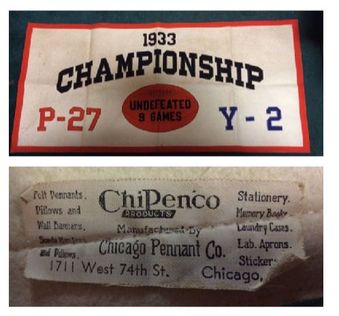 But perhaps the company’s explosive growth best explains why they moved around so much. To this point, it’s noteworthy that this particular move put Chipenco further away from UC’s campus. In those first years, UC products and their customers were the company’s lifeblood. By the 1930s, however, the company’s success was due in large part to their growth in new markets beyond city limits. Indeed, by this time Chipenco was supplying a steady stream of collegiate products to schools on both coasts, and everywhere between. Undoubtedly, some of these relocations were necessitated by the company’s increased production demands. Although the structure they inhabited has since been razed, its footprint along 74th St. appears significantly bigger than any of their previous sites. It’s also closer to the railroads, which would have helped them ship their goods to retailers throughout the nation more easily.  By the 1930s, Chipenco was a truly national brand. And they desired to keep this momentum going. But they had a problem: their name. “Chicago Pennant Co.” served them well in those early days when they relied heavily on local customers, like UC. But now they had penetrated markets beyond the mid-west; and they needed to keep their foot in those markets to keep their competitors out. The answer: civic pride notwithstanding, the company re-branded itself as “ChiPen’co” throughout its labels, catalogues, and marketing. To complement this re-branding, they introduced a new primary logo. The aforementioned coat of arms logo introduced in the mid-1920s was temporarily set aside. In its place came a more modern art deco inspired design better suited to the times. According to Illinois’s corporate registry Chipenco remained at this 74th St. location through 1940. That year and the year prior, it listed C.E. Silloway as President. Henceforth, there was no mention of I.E. Silloway. 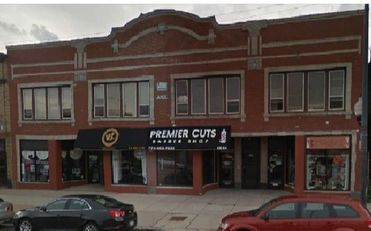 The same corporate registry for the year 1941 evidenced Chipenco’s return to 6542 S. Cottage Grove. The very same building they had occupied in the latter half of the 1920s. Why they came, left, then returned remains a mystery to me. This time they would stay through the end of the decade, as per Illinois’s corporate registry. C.E. Silloway would continue on as President. Here’s a classified ad from a 1944 copy of the Southtown Economist, listing the above Cottage Grove building as Chipenco's address: I found this ad very interesting. In 1944, the US was in its third year of participation in World War II. Throughout the country there were serious labor shortages caused by the loss of so many men serving overseas. In their absence, women filled the voids throughout factories and manufacturing centers of America. These women supplied the necessary products that ultimately fueled the war effort, enabling our soldiers to defeat the axis powers. If you were a seamstress in 1944 your services were probably in high demand, as the war-time need for everything from uniforms to parachutes was critical. It therefore makes sense that Chipenco was in need of female employees in 1944. And, they were so desperate, they apparently would take applicants with no sewing experience. 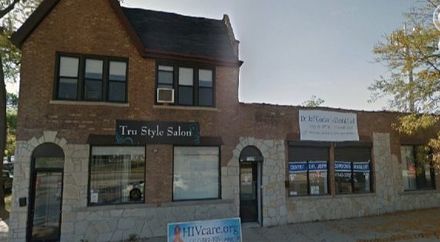 In 1950 Chipenco moved to 1921 W. 87th St., a spot southwest of all previous locations to date. This was their ninth location in 40 years. Unlike the others, however, they would remain at this site for the next quarter century--by far their longest run of the ten different locations to be occupied. Here’s a pennant dated October 7, 1950 acknowledging the company’s new address: According to the Illinois corporate registry, C.E. Silloway remained company president through at least 1953. Perhaps longer. (1953 was the latest year these records were available online, at the time of this writing.) I looked hard for information on the Silloways, but found nothing. All we know is that I.E. Silloway was in charge by the early 1920s; and C.E. Silloway ran things from the late 1930s through the early 1950s, perhaps longer. Like several other felt novelty companies of the 20th century, Chipenco was a family business. It’s likely the Silloways were a father and son dynasty. Who knows, perhaps a third generation was involved in later years? 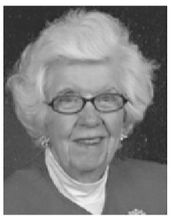 At some point in Chipenco history, Janet Bergman Hagins (1920-2005) managed the “family business … until her retirement,” according to her obituary in The Chicago Tribune. Born January 29, 1920 in Chicago, she had lived in the nearby suburb of Tinley Park, IL and was married to David M. Hagins, who preceded her in death. I found nothing else on the Hagins connecting them to Chipenco, unfortunately. But at some point in the latter half of the 20th century, the Silloways likely sold the company to the Hagins family. 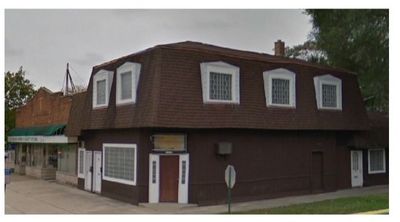 Around 1977 Chipenco moved to their tenth and final location: 1819 W. 170th St., Hazel Crest, IL. For the first time in company history they were now located beyond Chicago’s city limits--about 20 miles drive from their first location on 63rd St. in 1910. Here’s a banner acknowledging the company’s new home and year of production (1977): Unfortunately, by 1981, or within a year or two later, the steady stream of Chipenco products we came to enjoy ended. The company closed around this time, thereby ending a seven decade run wherein some of the best collegiate memorabilia was manufactured. KEY PRODUCTSOver 70+ years, Chipenco made many different types of products. Much more than just felt pennants and banners. Indeed, they also sold collegiate themed pillow cases, sheep skins, ceramic plaques, stickers, memory books, etc., even laundry cases. But the quality of their felt novelties is what distinguished them from their competitors. For example, Chipenco was one of only a half-dozen felt novelty companies that used flocked lettering/graphics, i.e. raised velvet. When others painted their graphics on, Chipenco used this alternative method, branded “A ‘SILVET’ PROCESS PRODUCT”. It was more expensive; but, more resistant to cracking and thus more aesthetically pleasing. Additionally, Chipenco seems to have embraced the past, offering a continuous line of retro-style pennants when others were moving to newer (and cheaper) styles. Indeed, two-piece, oversized, and sewn letter pennants, as well as those featuring burnt leather seals, were all commonplace in the 1910s and 20s. But the industry evolved, and most novelty companies had phased these styles out for more contemporary looks by the 1940s. Not so for Chipenco. For instance, here we have a Ball State two-piece, oversized, sewn letter pennant featuring a burnt leather seal--but made sometime in the 1940s: And here’s a Stanford sewn letter pennant … made in 1971: But the quality behind a felt product can be measured in ways beyond production methods and styles offered. Artistic design is just as important. And in the 1950s and 60s, Chipenco produced a memorable array of amusing banners featuring a cast of collegiate mascots--not all of which were politically correct by modern day standards! (For more on mascot banners like these, see: https://vintagecollegebanners.weebly.com .) MAKER'S MARKSWhat really set Chipenco apart from others was their consistent use of labels on their felt products throughout their 70+ years in business. On all but the earliest, these labels included an address. And because we now know the approximate years the company was located at these addresses, we can accurately date their products. Moreover, towards the last several decades, Chipenco even included a year of production on these labels. Who made it? When was it made? Where did they manufacture it? When it came to Chipenco, no company came close to providing collectors answers to these questions.
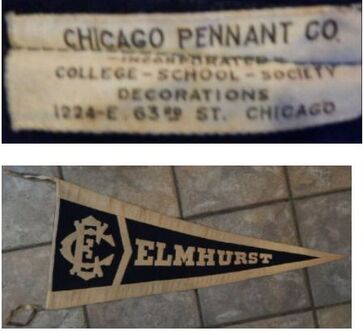 Label #3A (ca. 1913-15); 1224 E. 63rd St., Chicago, IL This label's pretty much the same as label #1; just with an updated address.
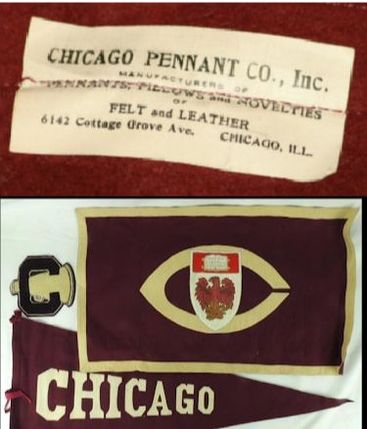 Label #4 (ca. 1916-19); 6142 S. Cottage Grove Ave., Chicago, IL This label specifies with greater detail the additional products now offered beyond pennants. For instance, this UC Chenille Letter pictured alongside a felt banner and pennant. 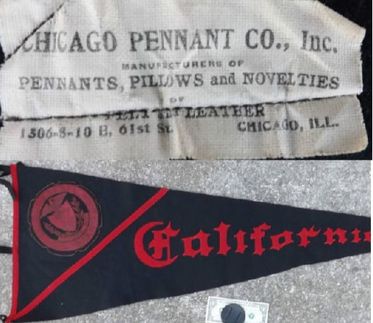 Label #5 (ca. 1920-22); 1306 E. 61st St., Chicago, IL Only change from label #4 was the address. 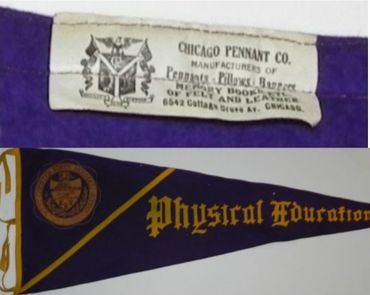 Label #6 (ca. 1924-27); 6542 S. Grove Ave., Chicago, IL This label marked the first time the company’s coat-of-arms logo was featured thereon. This handsome logo incorporated, among other design elements, a return of the "CPCo" monogram featured on labels #0.0 and 0.5, above. 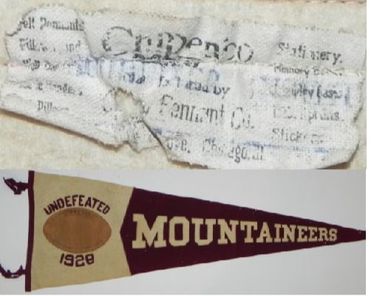 Label #7 (ca. 1928-29); 6542 S. Grove Ave., Chicago, IL Not long after introducing the coat-of-arms logo to their label, it disappeared. Here, we see a more contemporary art deco inspired label more fitting of that era. You can just barely make out "Grove" in the address listed on this 1928 dated pennant.  Label #8 (ca. 1933-40); 1711 W. 74th St., Chicago, IL By this point, their label listed an array of different products Chipenco made beyond pennants: memory books, lab aprons, stickers, etc. The company had come a long way since 1910, and they wanted consumers to know the wide range of collegiate products they now offered. 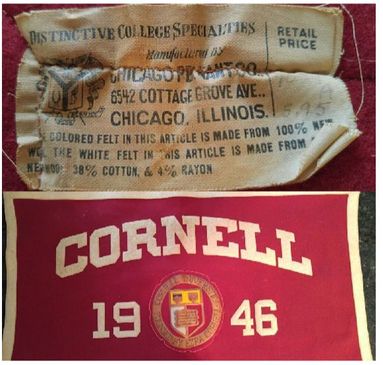 Label #9 (1941-49); 6542 S. Cottage Grove Ave., Chicago, IL The coat-of-arms logo was restored to the label after a dozen or so year absence. A retail price block, where retailers could write-in a price, was introduced. It would remain a permanent fixture on Chipenco labels until the company’s final days. Another permanent fixture from hereon was the wool composition disclosure, listed in the footer, to comply with new federal law. Finally, throughout the next two decades, the company used a variation of this label that substituted the header’s text with “A ‘SILVET’ PROCESS PRODUCT…” to indicate when the item was made with Chipenco’s special blend of flocked graphics or lettering. 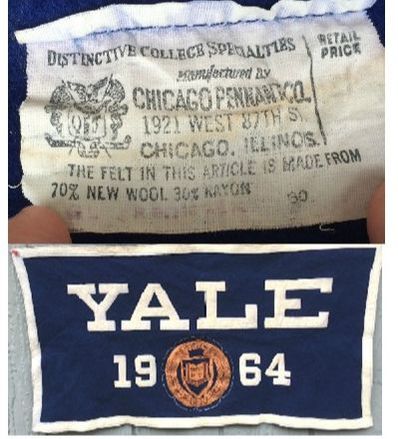 Label #10 (1950-61); 1921 W. 87th St., Chicago, IL In 1950, Chipenco moved to 87th St., prompting a modification of their label. Initially, the ink utilized was red; but, for the most part it was black. Moreover, for the final three years under this label style, 1959 through 1961, a two digit year of production appeared in the bottom right corner. Accordingly, this banner was made in 1960 for the Yale freshman Class of ’64.  Label #11A (ca. 1962-65); 1921 W. 87th St., Chicago, IL In 1962, Chipenco re-designed their label, but remained at their W. 87th St. location. Recall, in the late 1920s and 30s, they had re-branded themselves under the name “ChiPen’co” (see labels #7-8, above). Now, they were “Chipen’co”. Additionally, the primary color for this label was blue; although black and red were less frequently used. For at least the first four years under this label, the year of production was curiously absent on the label, as seen here (above) on this Harvard Class of ’69 banner, likely made around 1965.  Label #11B (ca. 1962-65); 1921 W. 87th St., Chicago, IL During these interim date-less years, the label was sometimes made of satin, as seen here (above, right) on this Northwestern pennant, much like Collegiate Mfg. Co. of Ames’s labels were during that era.  Label #11C (ca. 1966-76); 1921 W. 87th St., Chicago, IL Sometime around 1966, the two digit year of production returned to the bottom right corner, where it had been several years prior, as seen here (above) on this Stanford pennant made in 1971.  Label #12 (ca. 1977-81); 1819 W. 170th St., Hazel Crest, IL Upon moving to Hazel Crest, the label was slightly modified. The two digit year of production was now preceded by an apostrophe; the retail price box was relocated to the footer; a five digit ZIP code appeared; and the company name was written in block lettering, among other changes, all exhibited here (above) on this Notre Dame pennant made in 1979. 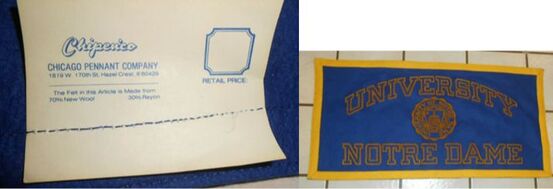 Label #13 (ca. 1982); 1819 W. 170th St., Hazel Crest, IL This appears to be the final label ever issued by Chipenco. The two digit year of production was removed. The retail price block was relocated to the upper right corner where it had been for many decades prior. What’s more, the label looks like it’s made of paper; and, it’s quite large--almost too big, leaving lots of unused white space. [Writer's note: My thanks to reader Andrew D. for sharing this image with me for use on this site.] 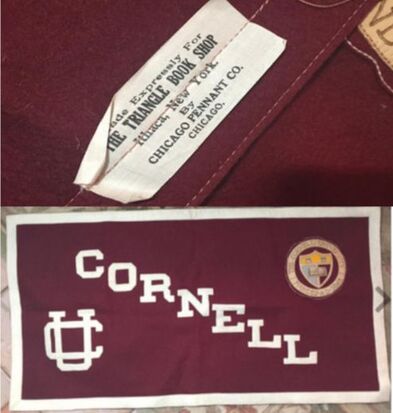 Specialty Label: Triangle Book Shop, Ithaca, NY (ca., 1930s) For certain retailers, Chipenco made products "Expressly For" their retail use. When applicable, a special label promoting this store by name was used. Typically, this retailer was the campus bookstore that was either located on or off campus. 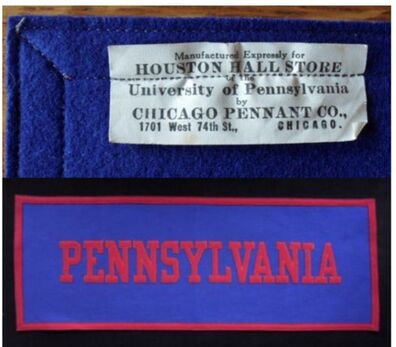 Specialty Label: Houston Hall, Univ. of Pennsyvannia (ca., 1930s) This Penn banner was made "Expressly for" a retail store located on campus. 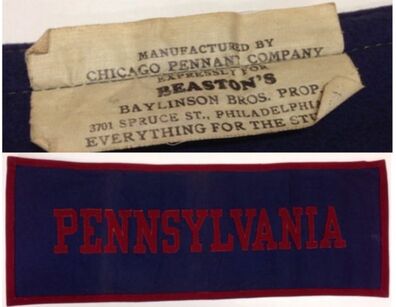 Specialty Label: Beaston's, Philadelphia, PA (ca., 1930s) Another Penn banner, this time made "EXPRESSLY FOR" a different retail store also serving University of Pennsylvania students. (Not too different from the above banner made "expressly for" their competitor up the street, if you ask me.) Note: All unquoted material on these pages is © 2019 K.R. Biebesheimer & Son. All rights reserved. Short excerpts may be used after written permission obtained and proper credit is given.
♦♦
4 Comments
|
About me...I collect vintage pennants and banners. Soon after getting into this hobby, I became curious about the companies responsible for their production. I had to look hard, but eventually found a lot of interesting information on many of them, and their products. This site is my repository for that research. Periodically, I will dedicate a post to one of these featured manufacturers. I hope other collectors will find this information useful. Featured Content:
All
Archives
November 2023
|
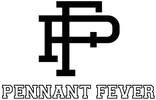


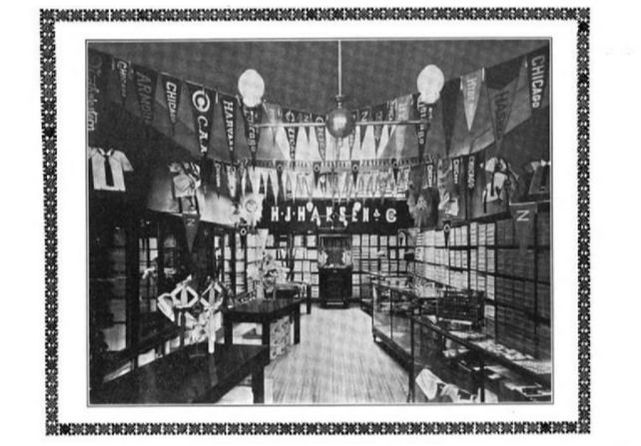

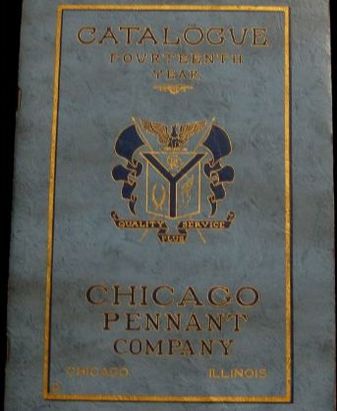
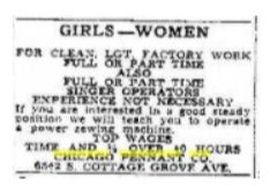

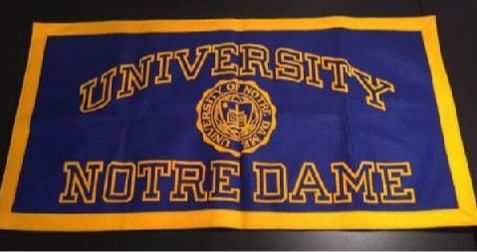

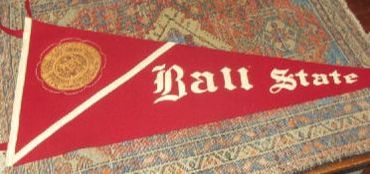

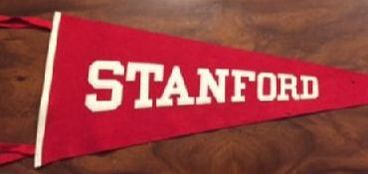
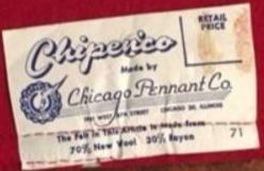
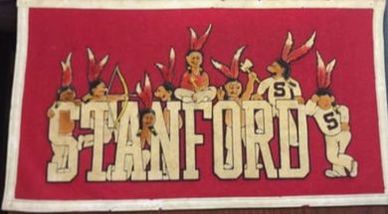
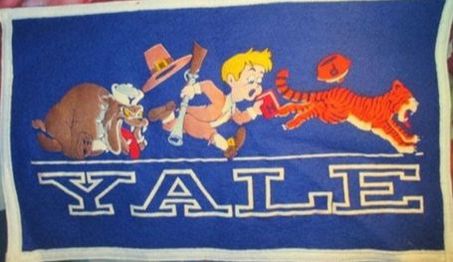
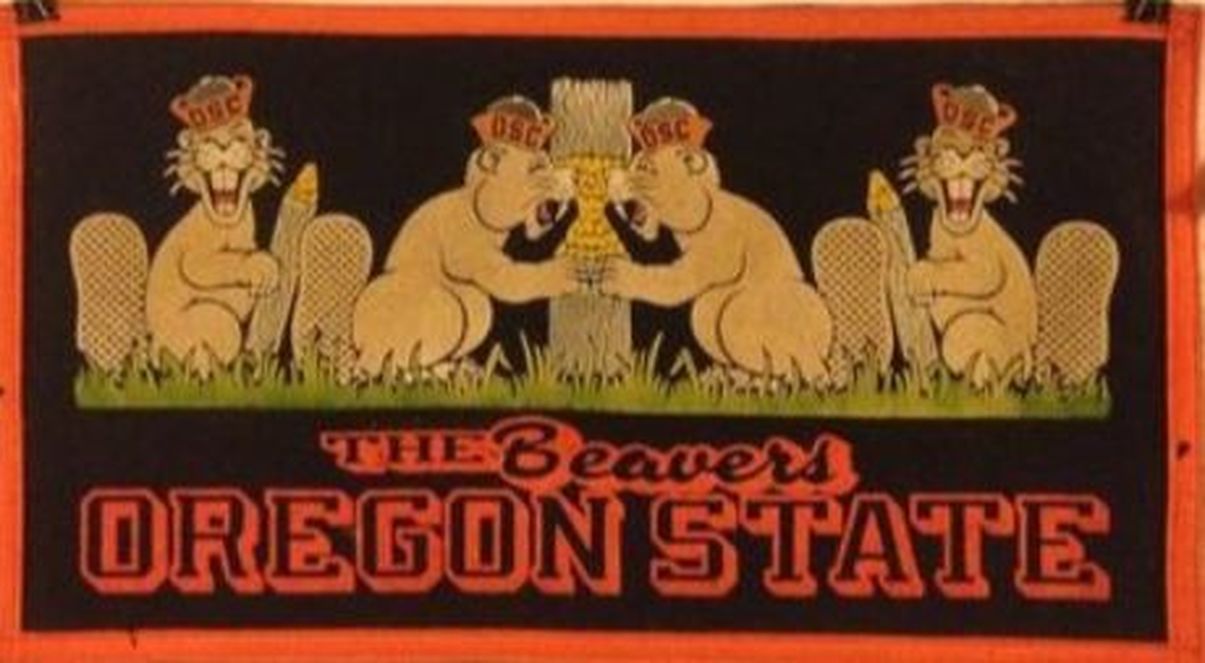
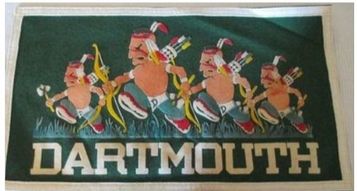
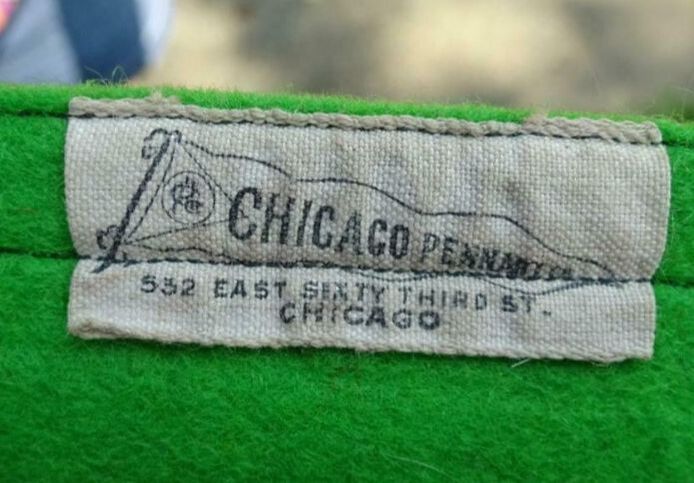
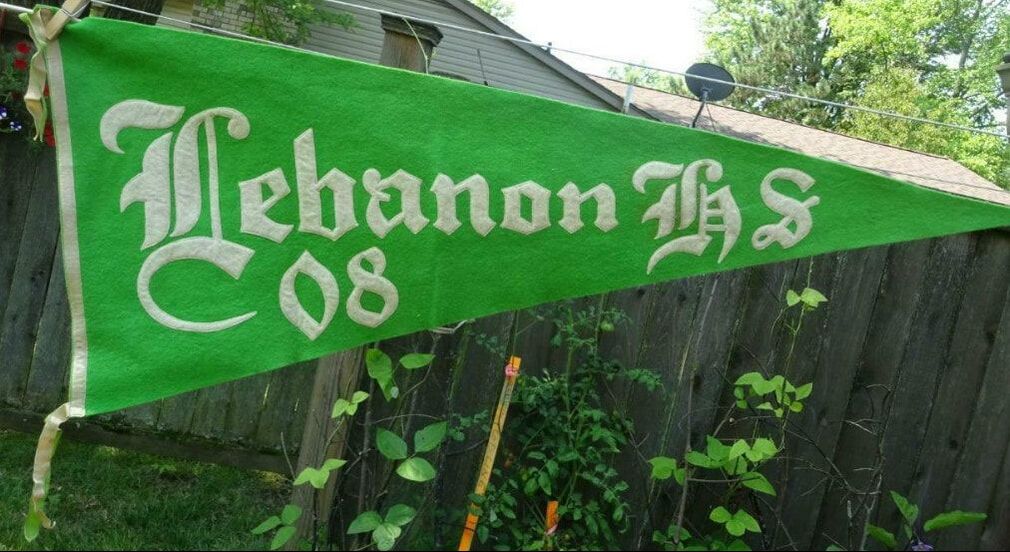
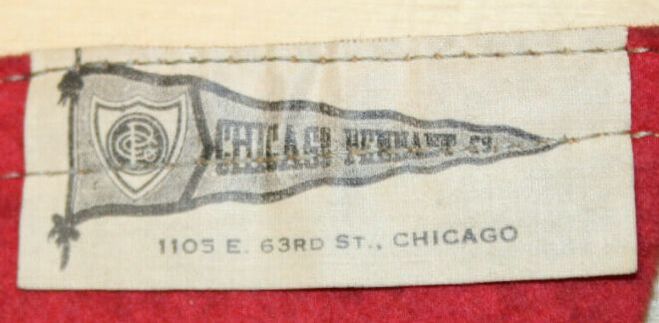
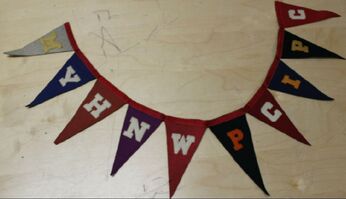
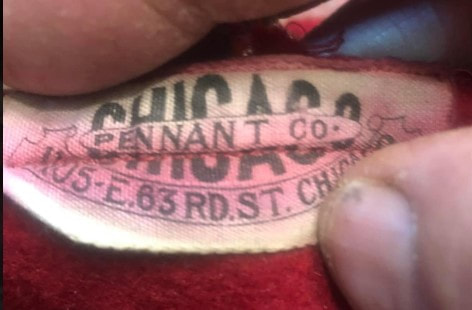
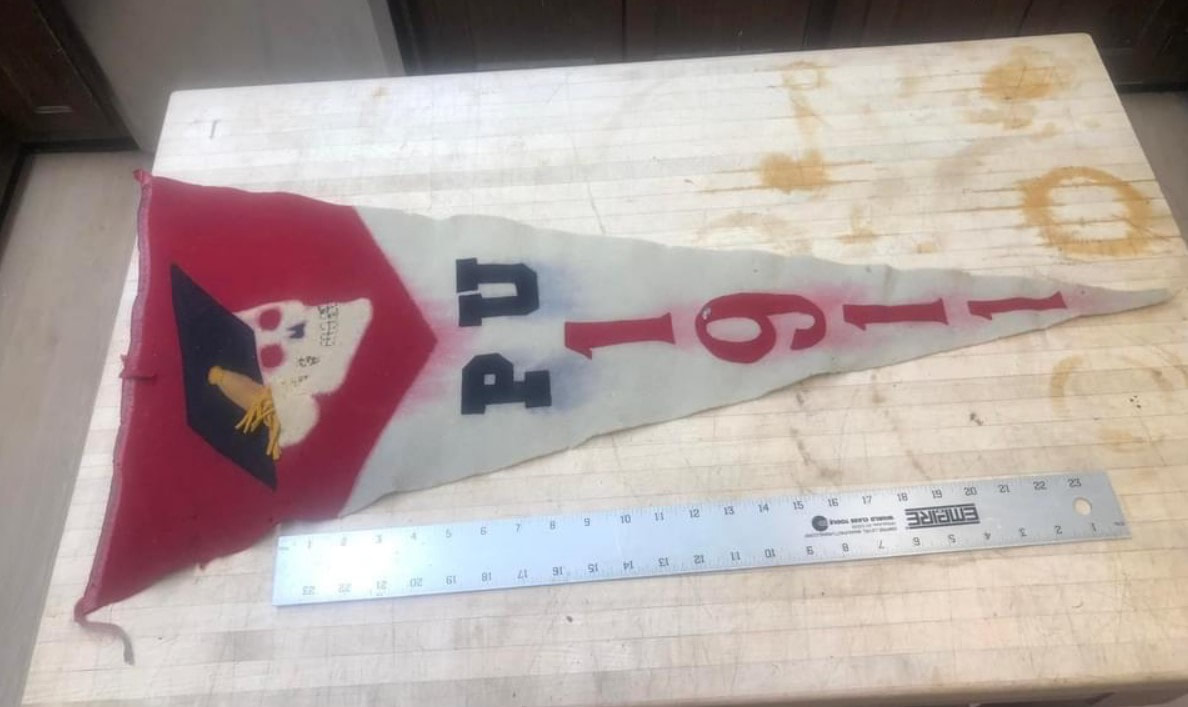
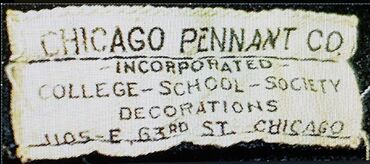
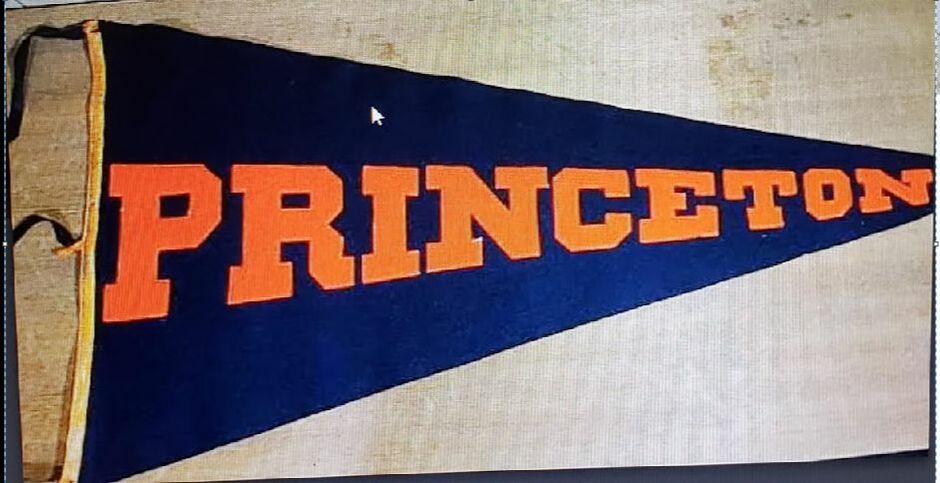
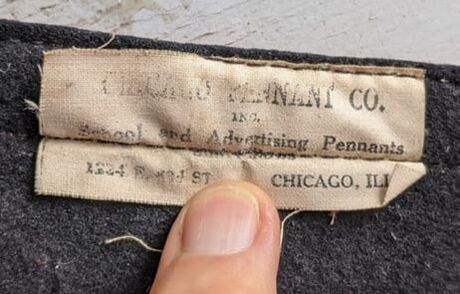
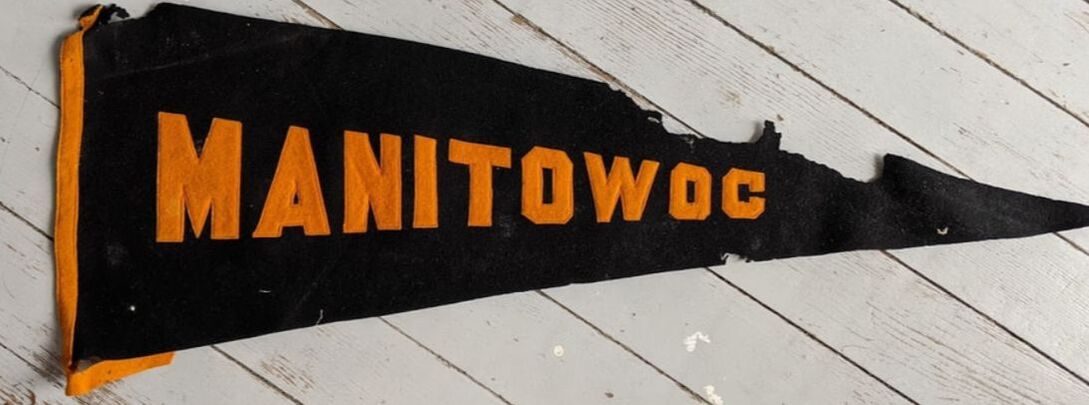
 RSS Feed
RSS Feed
